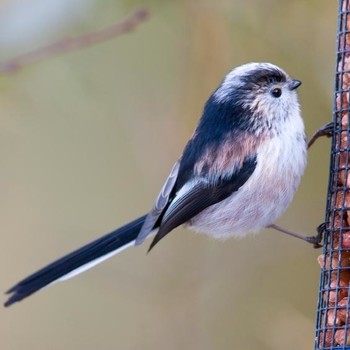How is respiration in plants different from that in animals?
1 Answer
The glucose that plants get is from photosynthesis, and not from consuming any food such as animals do.
This is how they're different as the glucose used then in respiration is sourced differently.
Explanation:
- First it is good to note that respiration is not the same as breathing, and all living cells do it.
- Second note, when I say eating I mean ONLY animals, not predatory plants (e.g. venus fly traps) as they photosynthesize too, but they live in areas where there is poor or near no nutrition in the soil, which is why they supplement this via digesting organisms that they trap.
Respiration is the way an organism releases energy from its food, goes like this;
oxygen + glucose -> carbon dioxide + water (+ energy)
This is how organisms respire, in animals, they eat and digest the food to get glucose to use in respiration, whereas plants instead photosynthesize to get their glucose;
carbon dioxide + water (+ light energy) -> glucose + oxygen
Plant cells, as it is commonly mistaken, also use oxygen to produce carbon dioxide in respiration, however, photosynthesis produces more oxygen than carbon dioxide in respiration (luckily for us).
This is why respiration is different in plants than in animals.
Plants photosynthesize for glucose in respiration.
Animals consume for glucose in respiration.
Hope this helps.
-Charlie

